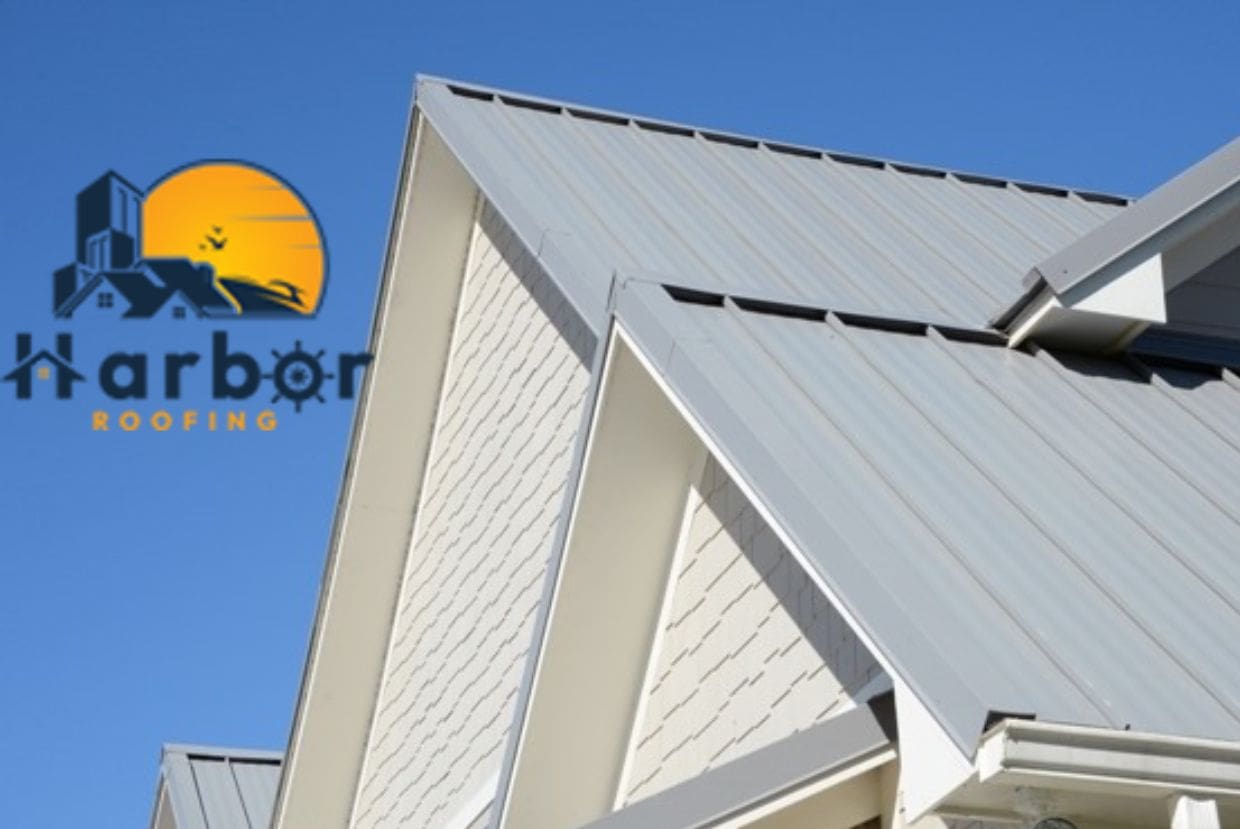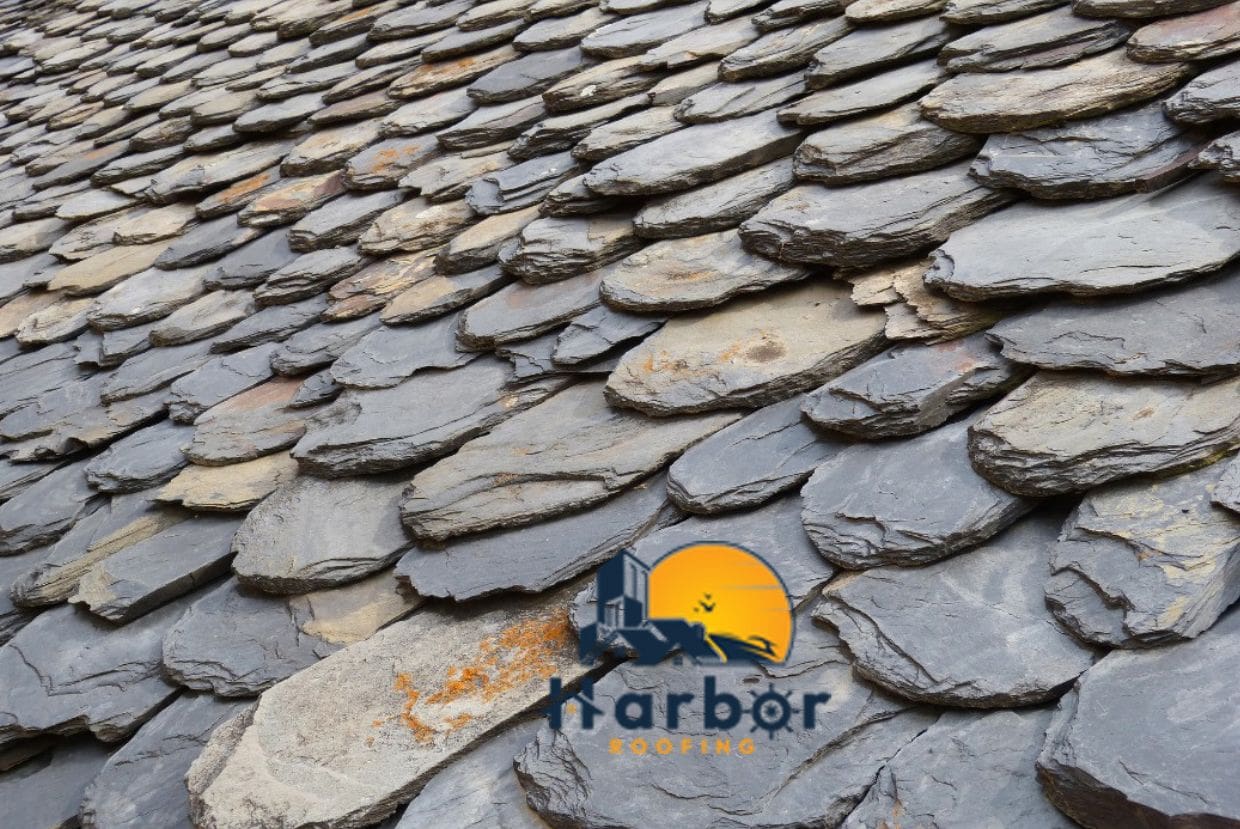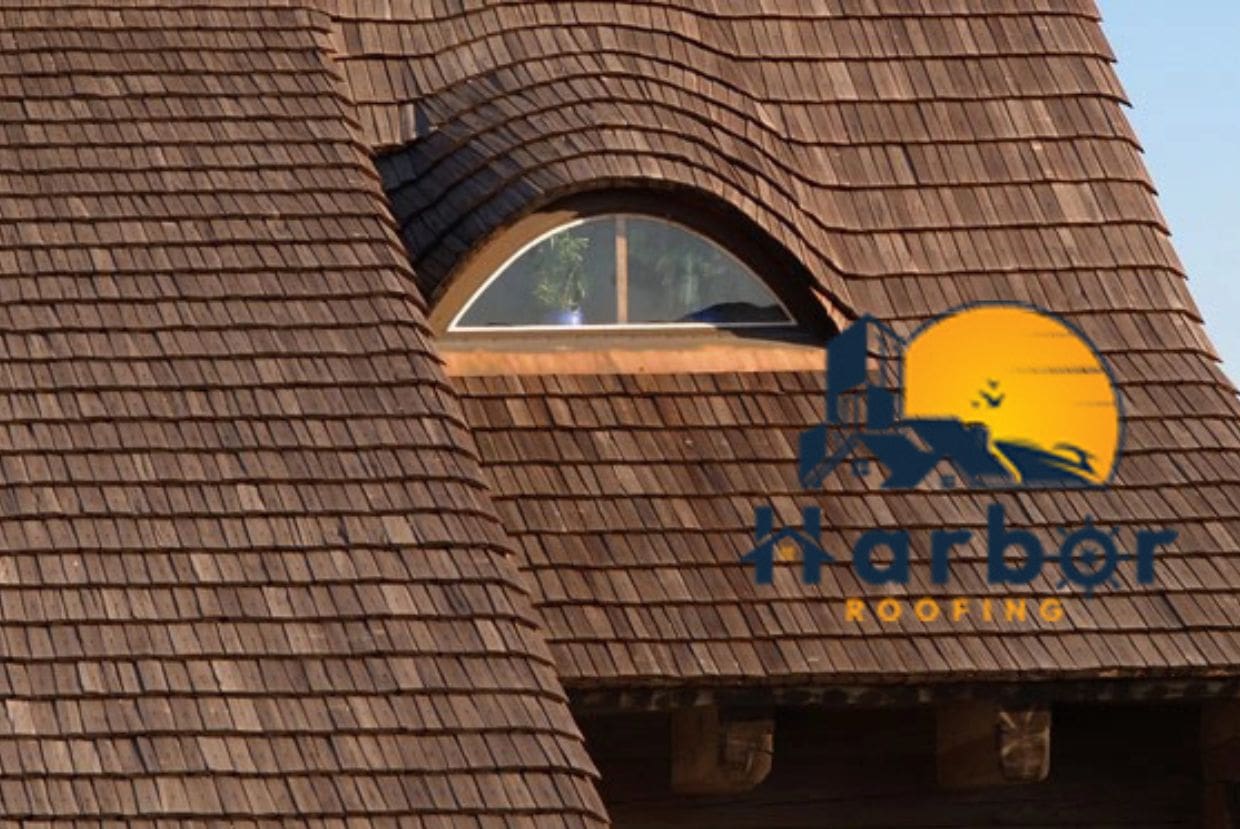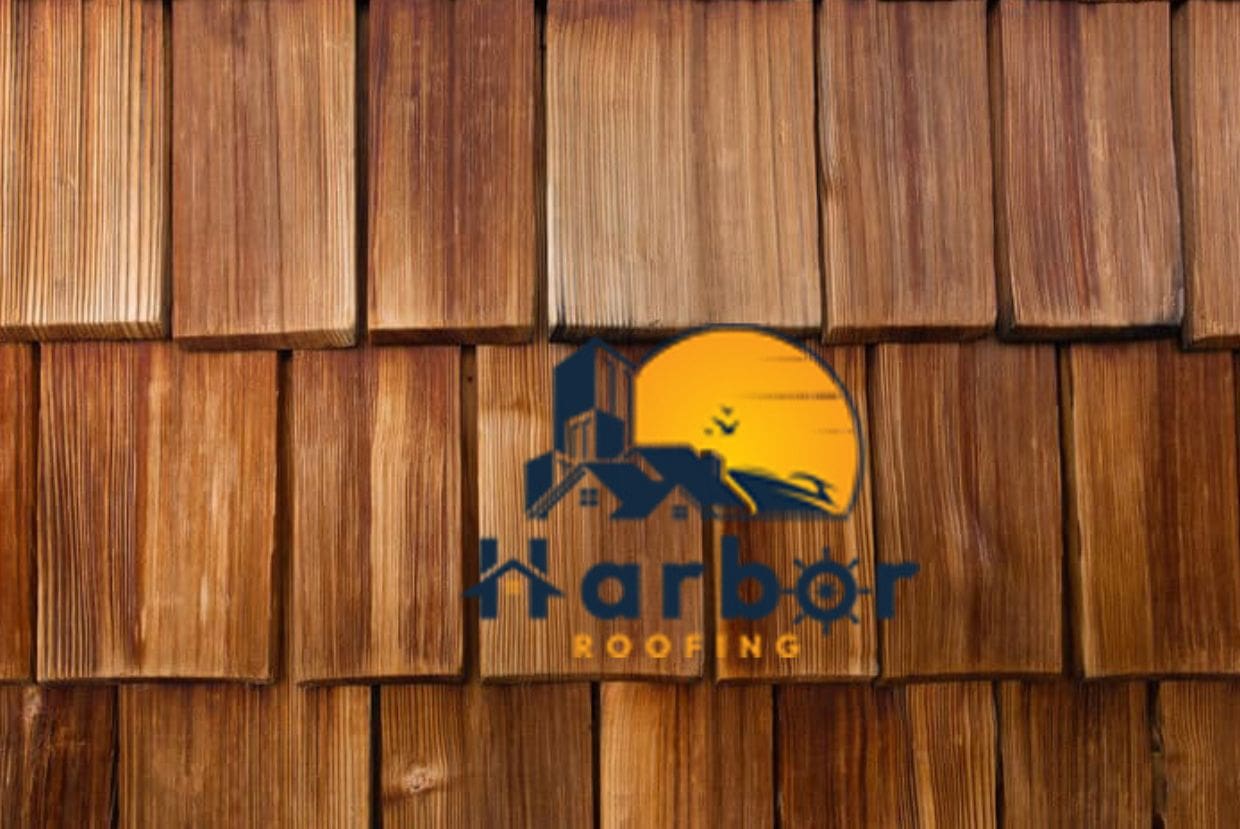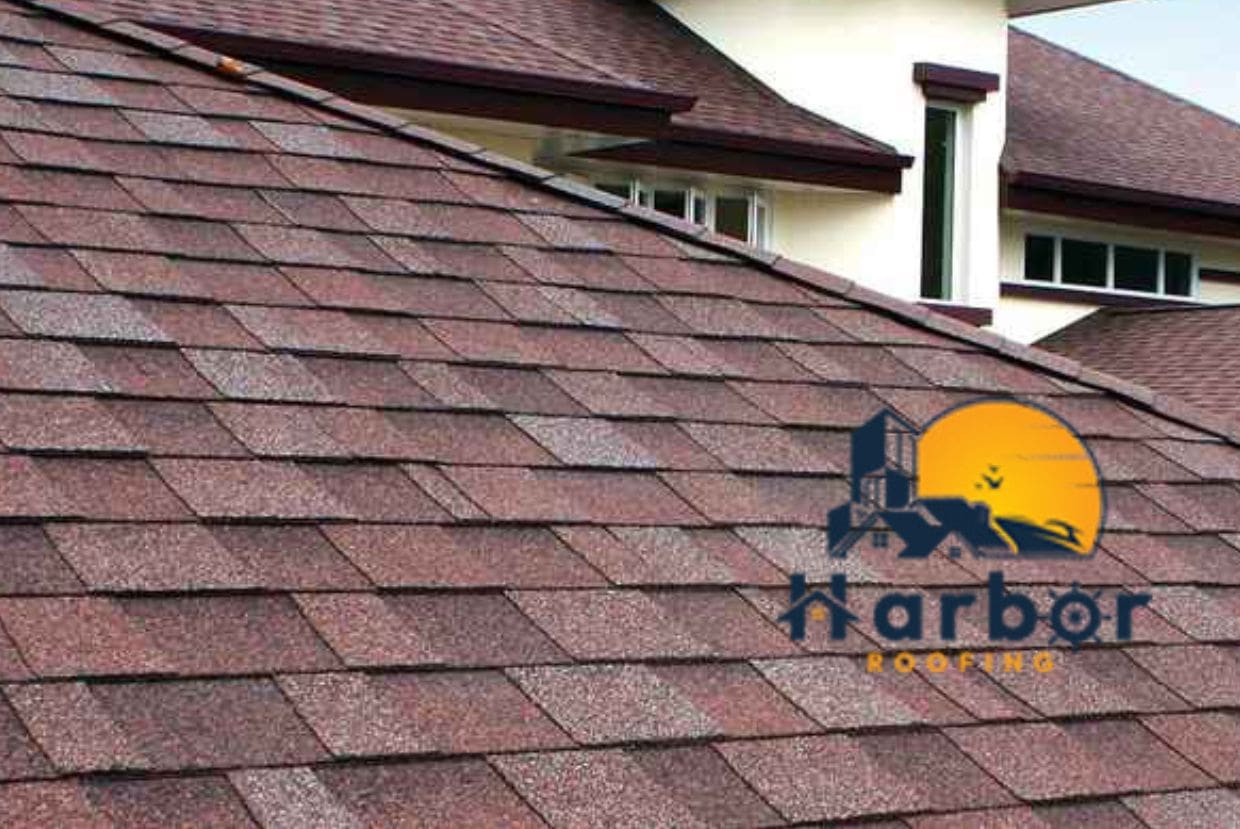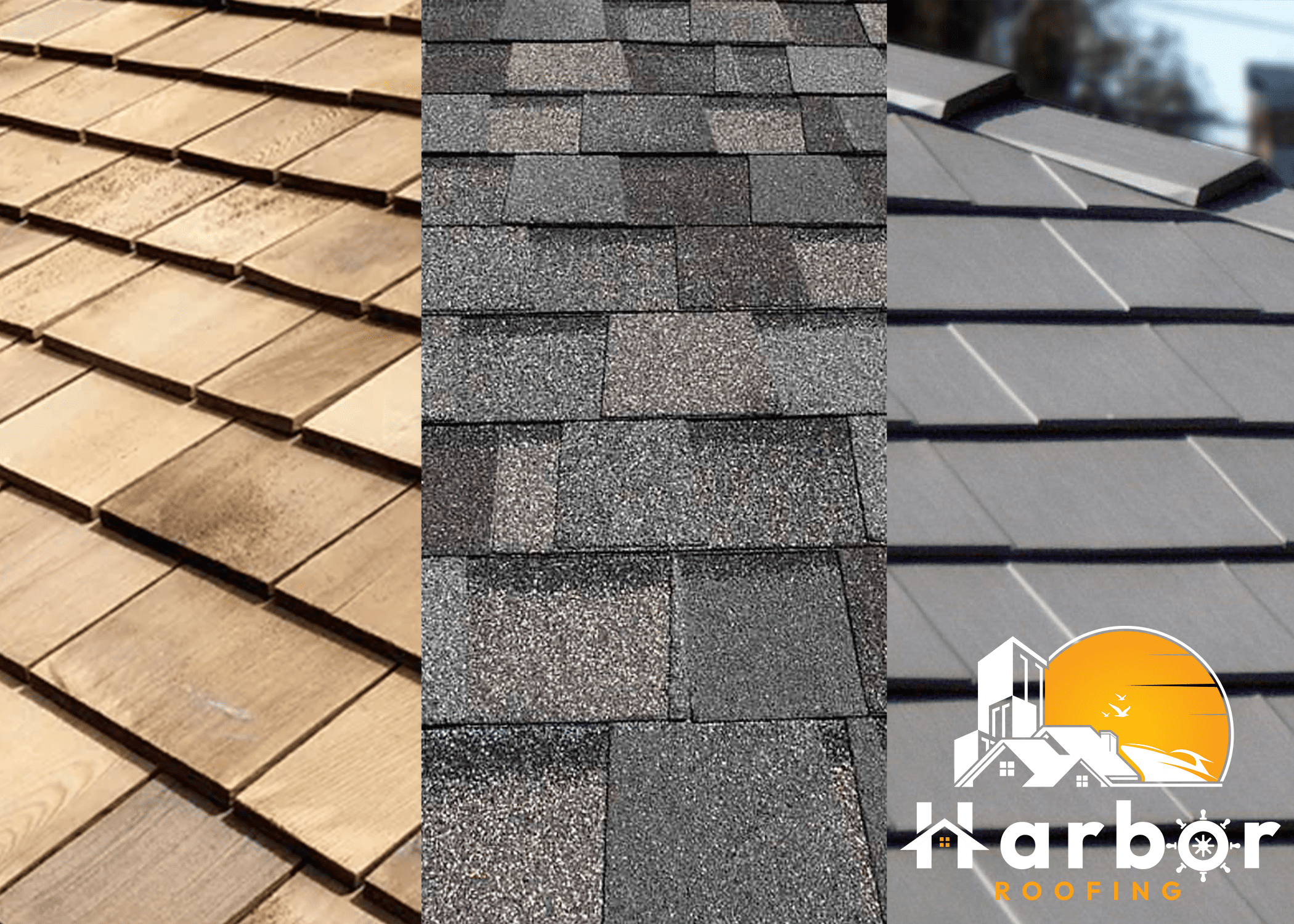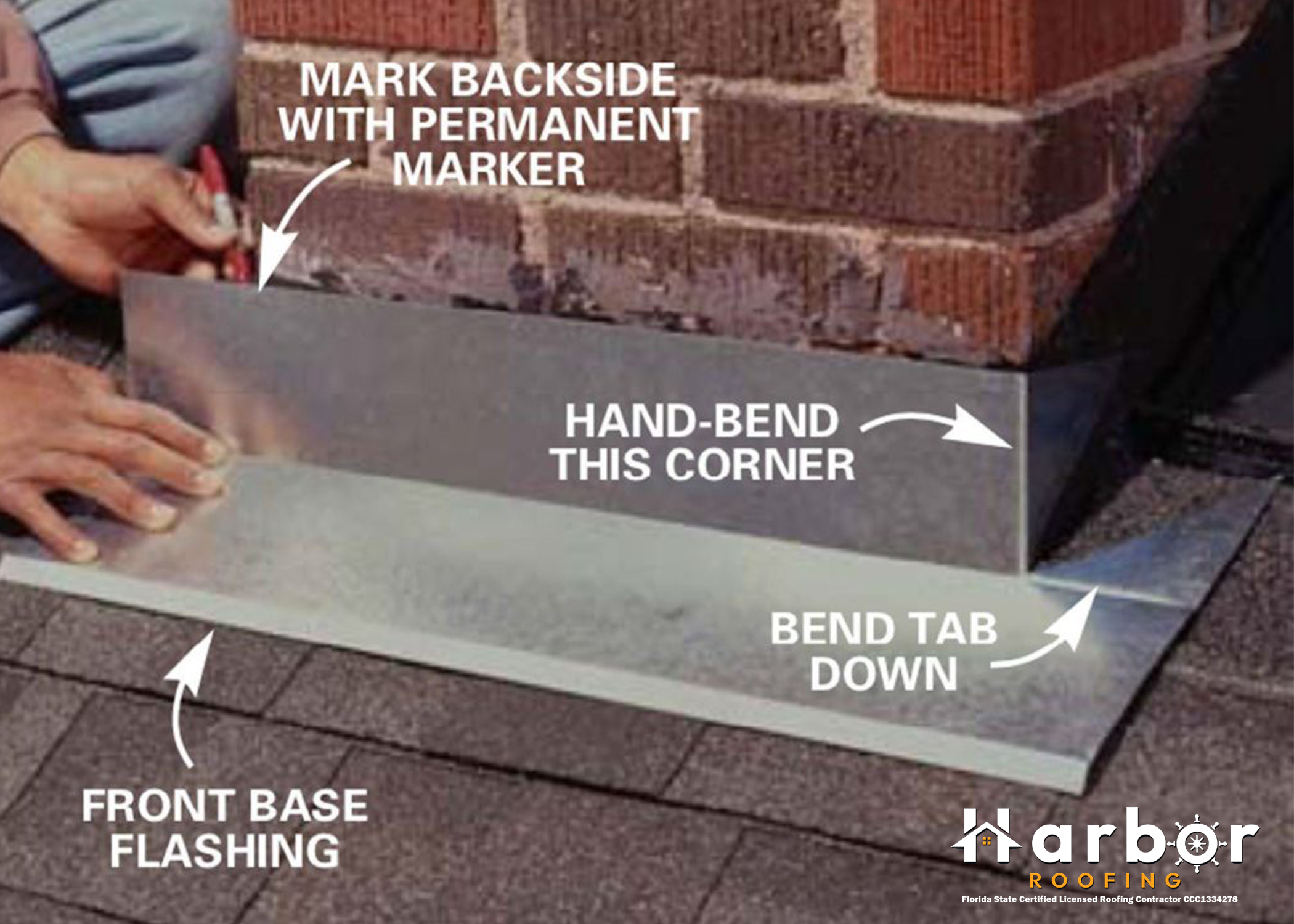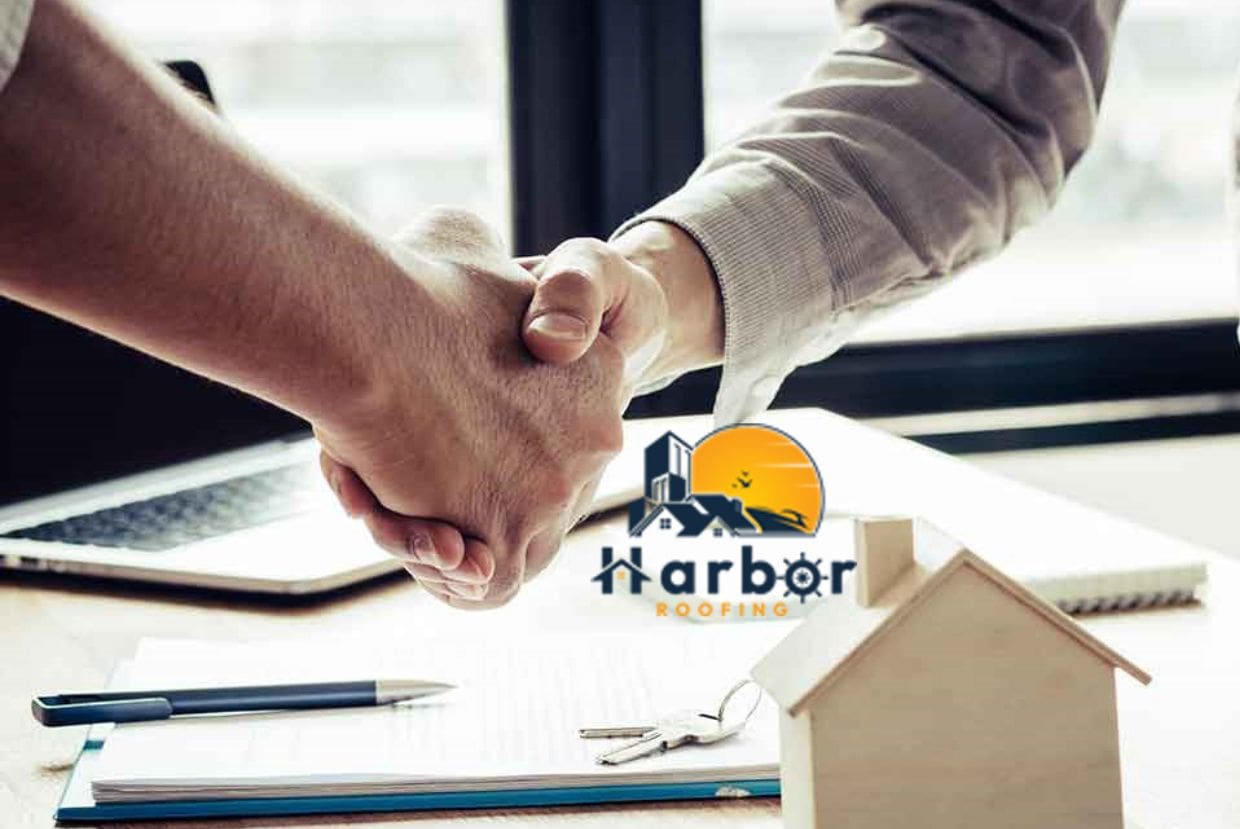Of course, when people think of roofs, the first thing that probably comes to mind is “protection.” And that’s because protection is the primary role of a roof on a building. However, aesthetics is another vital role. When you use metal roofing trims for your roofing system, it gives your home a distinct and visually appealing look.
Although the roofing panels are the most visible parts of the roof, trims and flashings are equally important. They are some of the most valuable accessories for metal roofing systems and exist in variety.
In this article, we will discuss the different types of trims for metal roofing, why they are valuable, and the factors to consider before choosing one for your roofing system.
What Is Metal Roofing Trim?
A metal roofing trim is not just a roofing accessory but a vital tool in preventing water damage. It secures the roof joints and drip edges, directing water away from the house to keep it dry and safe. Despite its importance, due to its hidden placement, it often goes unnoticed.
This metal roofing accessory gives your roof a finishing touch and elevates its appearance, giving it a refined look. It also makes your roof weathertight. They are also available in different sizes and shapes to fit your roof’s layout.
Why Do You Need One?
You need a trim for your metal roof because it protects the roof system. A metal roof trim joins your roof and strengthens it, preventing water or moisture from getting into it and causing damage over time.
The presence of a trim reduces the probability of leaks and damages associated with it. This eventually helps your roof reach its estimated lifespan. Additionally, it improves your home’s curb appeal as it tends to give your roof a clean and refined look.
Benefits of Metal Roofing Trims
- Durable: Compared to other materials, metal roofing trim is more enduring. It requires little maintenance and lasts a long time.
- Resistant to fire: Due to its fire resistance, it is an ideal choice for locations that are susceptible to wildfires.
- Reflects heat: It helps keep your home warmer in winter and cooler in summer because it is a better heat reflector than other materials.
- Recyclable: They are sustainable. Unlike other materials that end up in dumps at the end of their lifespan, you can recycle metal roofing trim.
- Improves curb appeal: A metal roofing trim can give your home a distinctive look and enhance its curb appeal.

Types of Metal Roofing Trim
There are several types of metal roofing trims. However, we’ll be discussing only the common ones below:
- Gutter trim: This is installed to make your rain gutter system, which can be unattractive, attractive. Gutters transport water from your roof to the ground.
- Eave trim: Eaves are the overhanging outer walls of your home. They divert water away from your windows and walls. Thanks to the eave trim, these edges appear refined.
- Ridge roll: A ridge is the point where the roof’s upward-sloping surfaces meet. It is usually the zenith of a home. A ridge roll is what you install on the ridge to improve its aesthetics and seal the meeting point.
- Transition trim: Unlike having a single flat surface, residential roofing usually has several surfaces. These surfaces meet at a point where the transition trim comes in. The trim creates seamless transitions between the surfaces.
- Wall-to-roof-trim: Sealing your home’s exterior walls is a must, as they have joints. Sealing the joints will stop water from accumulating under the roof panels. If you do not seal them, the accumulated water can leak into your home over time, leading to ceiling leaks, mold growth, and other damages. Installing wall-to-roof trim will prevent water penetration and prevent such damages from occurring.
Material Used for Metal Roofing Trims
When choosing materials for your trim, three primary standards to consider are functionality, durability, and visual appeal. Below, we discuss a couple of materials commonly used for trims.
Steel
Steel is durable and can withstand severe weather conditions. Its remarkable structural integrity and strength make it a popular choice for trims. Aside from its functionality, steel also gives your roof a contemporary and elegant appearance, improving your home’s aesthetics.
Galvanized Steel
Thanks to its zinc coating, galvanized steel has a reputation for being resistant to corrosion. Metal trims made of galvanized steel are ideal for areas with high humidity. They are durable as they have a high threshold for moisture and high protection against corrosion.
Stainless Steel
Metal roofing trims made of stainless steel are rust-resistant and corrosion-resistant and, as a result, cannot be easily damaged. They are not only functional but also contribute to your roof’s aesthetics with their contemporary and refined look. They are ideal for processing plants and healthcare facilities.
Copper
Copper metal trims have a characteristic patina that gives them character. This feature makes your roof stand out and makes it visually appealing. Copper trims are durable and can last for many years, provided that you give them the necessary care.
Aluminum
Aluminum is lightweight and quite versatile. Hence, you can use it for your interiors or exteriors and mold it into any design of your choice. Additionally, aluminum doesn’t fade and doesn’t require high maintenance for longevity.
Zinc
Zinc trims are perfect for coastal areas and areas with high humidity. They are corrosion-resistant, so you’d have no concern about your roof corroding. Zinc trims are also low-maintenance and lightweight.
Factors to Consider When Choosing Metal Building Trims
Choosing a metal roofing trim ideal for your roof is not exactly a walk in the park. To make your selection process easier, here are some factors to consider:
- Climate and weather conditions: Not all metal types are ideal for every weather condition or climate. Hence, you have to consider the weather conditions of your area before deciding on the kind of trim you are getting. For instance, areas prone to high winds and storms require weathertight metal trims, and regions with high humidity need trims that are resistant to corrosion.
- Maintenance and durability: There are low-maintenance and high-maintenance metals. So, if you won’t be able to keep up with high maintenance, you have the option of going for low maintenance. Some metals are also more durable than others, and this is an important quality to look out for.
- Cost: When making decisions like selecting a rim for your roof, it is essential to compare the price of the various types available on the market and the value they offer in the long run. Some may have a high initial cost but give you more than your money’s worth in the long run.
- Aesthetic appeal: If you noticed, we’ve mentioned aesthetic appeal a lot, and that’s because it is an essential function of a metal trim. So, when picking one, be sure to check the design of your trims and make your building more attractive—except if you don’t care for aesthetic appeal.
- Compatibility with other materials: When selecting trims, consider how compatible they are with other building materials. It is advisable to select an option that matches windows, sidings, and roofing for aesthetic purposes.
- Installation process: How simple is it to install the trim of your choice? This is one question to ask yourself before making a decision. Some materials are easier than others to handle, while others require some level of expertise. So, before you make a choice, ensure you have this information.
Conclusion
Trims improve your roof’s aesthetics and performance by protecting it from severe weather. Different types of metal roofing trims are available, so considering several factors, including durability, cost, and climate, is essential.
Frequently Asked Questions
How much does trim cost?
The cost of metal building trim varies and depends on factors like the material and the type of roof system. But generally, the price is within $8 to $20 per linear foot. The cost of ridge caps varies from $2.50 to $4 per linear foot, while the gable and eave trim cost about $2 to $3.
Why is a metal trim important?
Metal trims are vital because they protect your roof and make it appear more refined. When you successfully install your trims, you will help ensure that your roof lasts long. In addition to protecting against moisture, it will also provide protection against many potentially damaging elements. As a plus, you’ll also receive a beautifully textured and structured rooftop.
What are the standard features and items of metal roofing trim?
It includes a 4 m long by 0.6 mm thick steel coil with overlaps of about 50 to 100 mm in thickness. Additionally, it has steel sheets with a gauge of 20 inches (26-gauge material).
What is roof edge trim?
A roof edge trim is typically used to cover the edges of a roof line to keep moisture from leaking into the asphalt or felt. You can fasten them with nails, screws, or sealants.
